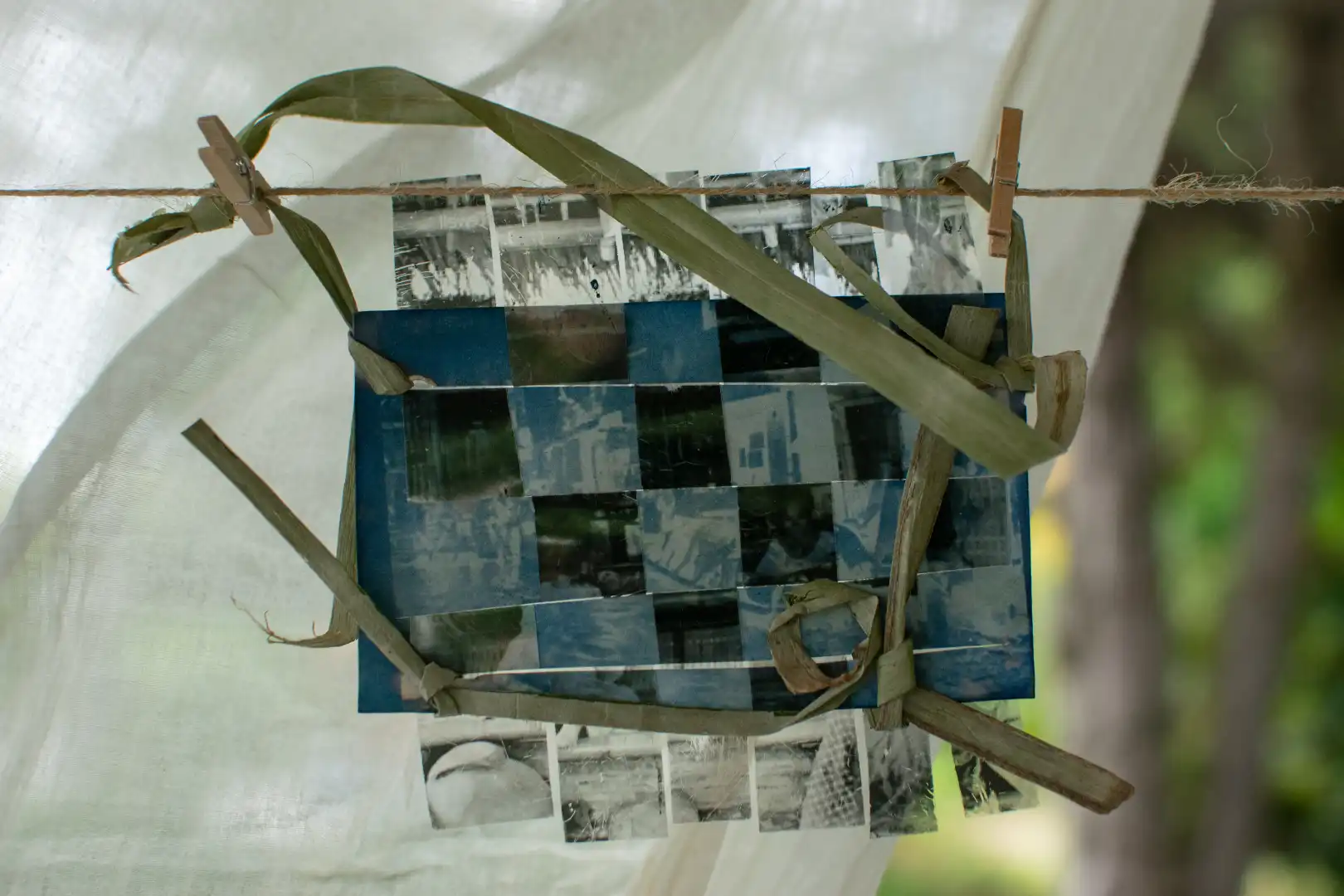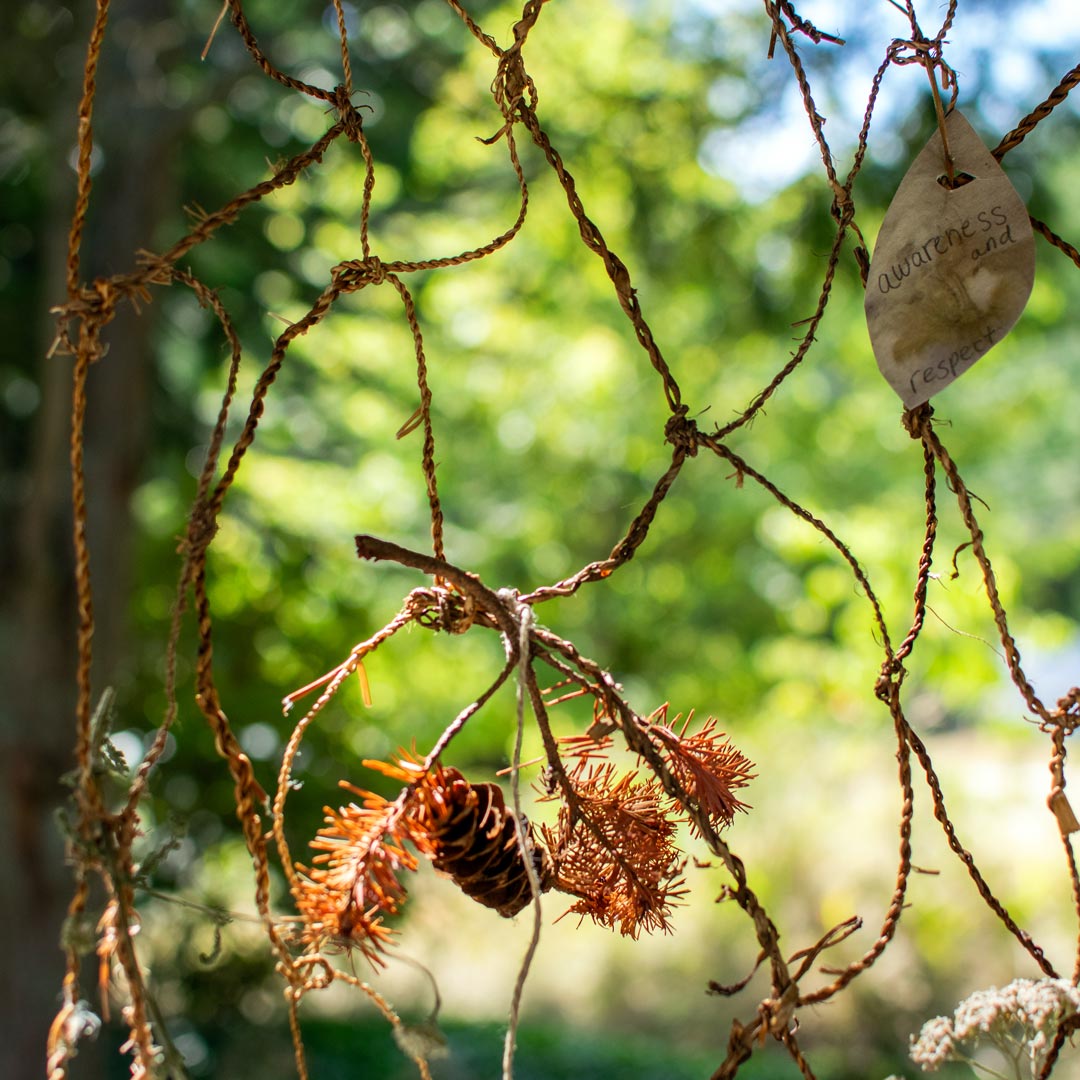Projects / Shows
Growing on the Roadside: How to Combat Plant Blindness
Plant blindness is a term that refers to the human tendency to ignore plants. In this project, our efforts to combat plant blindness are inspired by small but rippling actions of resistance and transformation. We create in hopes to heal our own ability to witness, recognize, and consider the value of plants.
credits
Through connection and creation, Annie Simms and anata laylay co-curated Growing on the Roadside: How to Combat Plant Blindness.
Annie took the lead on:
- Exhibition Concept & Direction
- Event Production
- Artist Statement
- Material Research and Process
- Net Design and Creation
anata took the lead on:
- Zine Concept & Design
- Photography & Videography
- Poster & Promotional Design
PDF Downloads
Annie Simms writes: "This artwork seeks a decolonial approach that resists human-centered and hierarchical evaluations of the natural world. It brings forward a perspective that focuses on the personality, stories and gifts of each plant. By growing our presence and ability to engage with plants as equal, complex and autonomous beings, rather than merely backdrops for aesthetic contemplation, we are invited into their generosity and unconditional love. When we uncover our presence for the natural world; and we are fully where we are, it doesn’t take too many steps before we realize our own connection to it.
This project is deeply inspired by the teachings of Indigenous scholars: Robin Wall Kimmerer and Leigh Joseph; who revere plant wisdom as vital guidance in how we care for the world and each other. Growing on the Roadside primarily focuses on the wisdom and offerings of three plant species: English Ivy, Bindweed, and Himalayan Blackberry. These plants were our collaborators materially and conceptually, as individual species and a collective network, living interdependently with one another. These three plant species are well defined in our common imagination for being invasive and are therefore often subjected to 'bad' plant language.

Artwork by anata laylay

Artwork by Annie Simms. Photo by anata laylay.
The artwork and zine ask:
How might we have a different exchange with these plants — one that doesn't vilify them? How can we collaborate and work with these plants instead of struggle against them? How can we avoid wasting what they have to offer?
These hungry plants so often take over because the presence of human care and connection is not there. What lessons of our own responsibility are these plants here to teach us? What plants are growing on your roadside — are they cooperative plant neighbours or do they need intention and redirection? What is their impact on native plant species?
The plant material collected for this artwork was harvested from the Sunshine Coast; in qathet on Tla’amin territory and in Roberts Creek located within the traditional territories of both the shíshálh Nations and Sḵwx̱wú7mesh Nations. By working with invasive plants, we hope to honor and enact a reciprocal exchange with these lands, where we are so grateful to be guests. However, we did not want to use these invasive plants without thoughtfully inquiring into their perspective.
Combatting plant blindness simply begins with starting where you are. If you bring intention to this, you will be transformed in your stillness by the intrinsic and direct love of plants."

